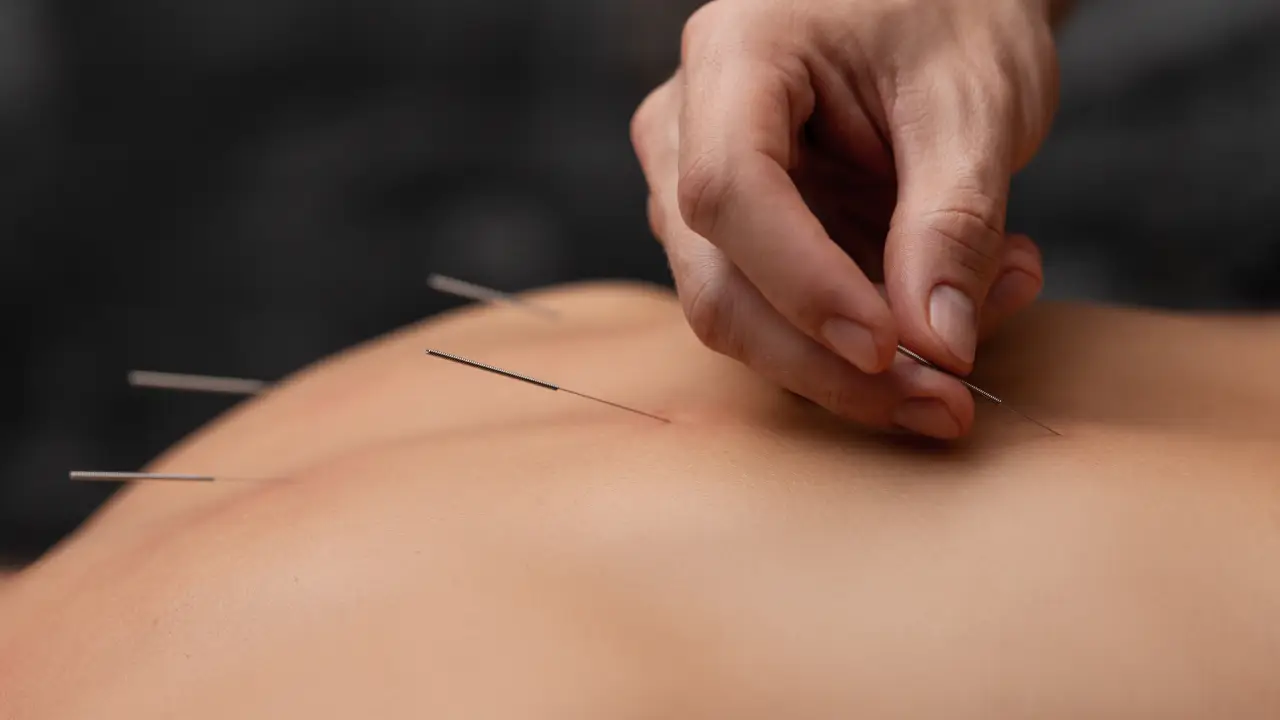
Acupuncture has become a valued component within physiotherapy programs in Whitby. It offers a structured technique to stimulate the body’s natural processes and support overall function. While physiotherapy focuses on movement and strengthening, acupuncture complements it by addressing circulation, muscle activity, and nerve regulation.
Many individuals recovering from injury or managing chronic discomfort choose to include acupuncture in their care plans. The combined approach works on both the physical and systemic levels, encouraging progress and helping patients participate more effectively in physiotherapy.
Physiotherapy aims to restore movement, flexibility, and coordination. However, when stiffness or muscle tightness limits progress, acupuncture can assist. It involves the use of fine, sterile needles placed at specific points on the body to influence blood flow and nerve response.
For individuals in Whitby, acupuncture can help reduce muscle tension, support tissue Mobility, and calm localized strain. These effects can make physiotherapy exercises more manageable and consistent, which may lead to enhanced long-term physical outcomes.
Each acupuncture session targets areas where imbalance or restriction may be present. The practitioner identifies suitable points to stimulate, helping the body regulate pain signals and improve energy distribution. This often contributes to a general sense of physical ease and coordination.
When integrated with physiotherapy sessions, the process helps maintain flexibility, promote circulation, and support gradual recovery. Patients often report improved movement patterns and reduced stiffness as treatment progresses.
Acupuncture is often applied to reduce muscle tightness. Promoting circulation in affected regions helps ease stiffness and allows muscles to respond more naturally. This can make stretching and strengthening during physiotherapy less strenuous, particularly for those experiencing repetitive strain or post-injury tension.
Limited joint motion can restrict rehabilitation progress. Acupuncture assists by influencing the soft tissue surrounding joints and helping manage inflammation. Patients addressing knee, shoulder, or hip conditions often find that movement becomes smoother after several sessions, supporting more effective physiotherapy outcomes.
Healthy circulation is essential for recovery. Acupuncture promotes blood flow, supporting the delivery of oxygen and nutrients to tissues that require repair. In combination with physiotherapy, this helps maintain balanced muscle tone and reduce post-exercise fatigue.
Physical tension and emotional stress often accompany pain. Acupuncture interacts with the nervous system to promote calmness and reduce physical strain. When people manage their stress levels, physiotherapy sessions become more productive because the body responds more effectively to guided movement.
Acupuncture supports the body’s natural repair process by addressing pain signals and tissue sensitivity. For those recovering from sports injuries or soft-tissue strain, it can work alongside physiotherapy to maintain circulation and reduce localized inflammation. This combination helps prevent stiffness from developing during rehabilitation.
Injury or long-term discomfort can cause fatigue. Acupuncture helps balance the body’s internal systems, which may contribute to sustained energy during rehabilitation. Patients often report that they can participate more consistently in physiotherapy exercises without feeling overexerted.
Sleep quality influences recovery speed. Acupuncture supports relaxation and may help reduce discomfort that interferes with rest. Adequate sleep, in turn, supports the body’s repair processes, making physiotherapy sessions more productive and manageable.
Acupuncture and physiotherapy both aim to restore function and maintain Mobility. When applied together, their effects reinforce one another. Physiotherapy provides structured exercises and movement retraining, while acupuncture addresses internal mechanisms that support muscle and joint performance.
This collaboration helps maintain consistency in treatment, reduces interruption from pain, and promotes smoother movement patterns over time. Patients often notice that each therapy complements the other, resulting in a balanced approach to recovery.
In Whitby, an increasing number of individuals are opting for combined care plans that incorporate acupuncture into their physiotherapy programs. This approach allows both internal and external systems of the body to work together, promoting coordinated improvement. The goal is steady progress, improved comfort during activity, and long-term maintenance of function.
Physiotherapists at Physiotherapy & Sports Injuries Solutions integrate acupuncture into select physiotherapy programs as part of a structured rehabilitation plan. The clinic provides treatments that focus on Mobility, circulation, and functional stability. Individuals in Whitby seeking an evidence-based approach to injury management or recovery can explore how acupuncture, when combined with physiotherapy, supports consistent physical improvement.